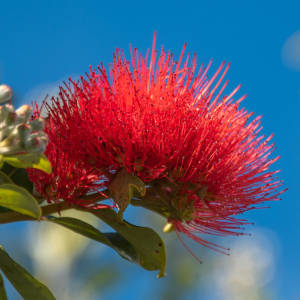A Little Grem
As you can see my Geranium is still flowering, just!
When I went to Europe in Spring once I saw so many red Geraniums in window boxes and pots and they made such a beautiful splash of colour. Since then, the red Geranium has been my favourite coloured Geranium.
Geranium is a Greek work meaning crane. The seed pods of geraniums look like a crane's bill.
Few plants offer such a wide variety of colours, scents, and leaf patterns as do Geraniums. Adding to their popularity is their outstanding performance in containers, both outdoors and indoors in a sunny window. They also thrive in outdoor beds, adding a wide variety of colour throughout the growing season.
Discovered in South Africa, the first Geranium plants quickly gained acceptance in England in the 17th century. But it wasn’t until Thomas Jefferson shipped the plant from France to America in 1786 that the plant gained popularity in American gardens.
The health benefits of Geranium Essential Oil can be attributed to its properties as an astringent, hemostatic, cicatrisant, cytophylactic, diuretic, deodorant, styptic, tonic, vermifuge and vulnerary agent. It is widely used as an element in aromatherapy for its many health benefits, including its ability to balance hormones, relieve stress and depression, reduce inflammation and irritation, improve the health of the skin, alleviate the effects of menopause, improve circulation, benefit dental health, boost kidney health, and reduce blood pressure.
The Essential Oil of Geranium is extracted through steam distillation of stems and leaves of the Geranium plant, bearing the scientific name Pelargonium Odorantissimum. The main components of this oil are Alpha Pinene, Myrcene, Limonene, Menthone, Linalool, Geranyl Acetate, Citronellol, Geraniol and Geranyl Butyrate.
For more information on the health benefits of Geranium Essential Oil.

Comments
Sign in or get an account to comment.


